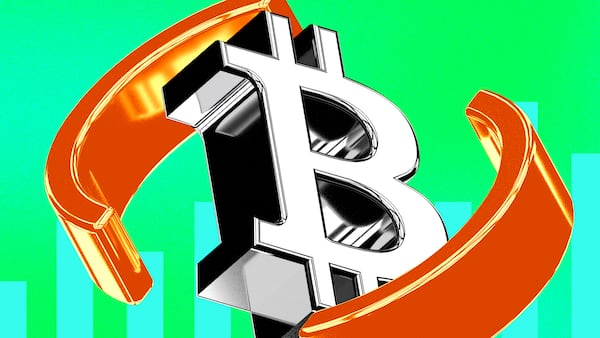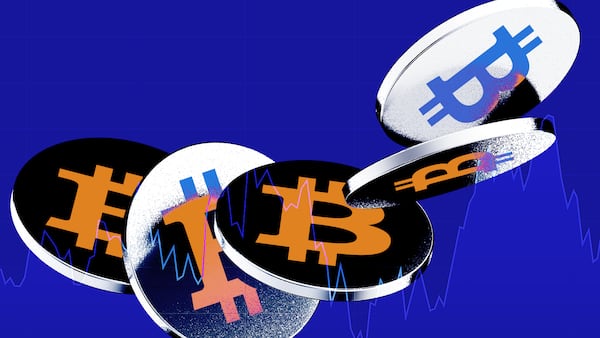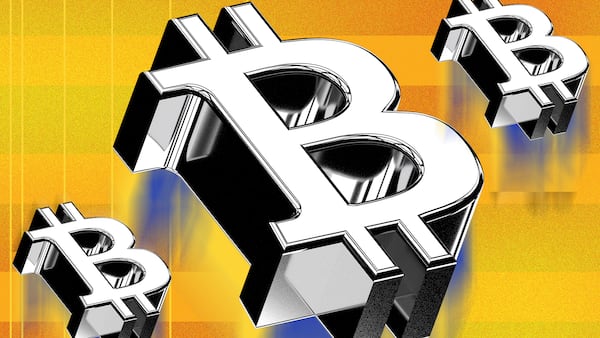- Bitcoin hit another all-time high on Thursday in dollar terms.
- Presto says fiat gains are an illusion of inflation, not adoption.
Bitcoin’s eye-watering rally isn’t exactly what it’s chalked up to be.
That’s how analysts describe the new $124,000 all-time high that Bitcoin achieved on August 14 after a 32% rise since the start of the year.
The rally, they say, reflects inflation more than real value growth.
According to a brief from Presto Research’s Peter Chung and Min Jung, traditional fiat currencies are unreliable yardsticks for evaluating Bitcoin’s performance. They argue that as long as central banks can arbitrarily inflate supply, any price gains measured in fiat are inherently misleading.
“It’s akin to measuring height with a ruler whose units change unpredictably,” the brief reads.
With US inflation running above the Fed’s 2% target for much of the past three years, and the cost of essentials like housing and services still climbing in 2025, analysts argue fiat-denominated gains can be misleading.
In an attempt to get a clearer view of Bitcoin’s actual value, Presto measured Bitcoin’s value in gold.
The $2.2 trillion digital asset has long been compared to the precious metal — for better or worse — due to its limited supply and status as a non-sovereign asset.
While Bitcoin’s price in gold terms has risen over the past few years, it still remains below its 2021 peak and post-election 2024 levels, Presto said.
That, the analysts argue, suggests the 2025 surge is being driven more by inflation or expectations of it than by actual adoption.
Still, they add that once exchange-traded fund flows, corporate treasury buying, and pension investments are factored in, Bitcoin looks “undervalued”.
Gold revaluation debate
This coincides with a growing debate in Washington about gold’s role in the financial system and whether Bitcoin can emulate that
A recent Federal Reserve research note reviewed how five countries revalued their official gold holdings to raise cash. It’s a step the US Treasury has long resisted.
The Treasury still values its over 260 million ounces of gold at $42.22 per ounce — a 1973 book value, locked in by law, that leaves the hoard recorded at $11 billion instead of the roughly $750 billion it would fetch at today’s market price.
While Treasury Secretary Scott Bessent has publicly rejected the idea, his stance points to legal hurdles, as well as inflation risks, recalling the 1934 revaluation that sharply expanded the money supply.
Others in Washington, meanwhile, see gold revaluation as a potential bridge to a Bitcoin reserve.
“We cannot save our country from $37 trillion debt by purchasing more Bitcoin, but we can revalue gold reserves to today’s prices and transfer the increase in value to build a Strategic Bitcoin Reserve,” Senator Cynthia Lummis wrote on X on Friday.
Kyle Baird is DL News’ Weekend Editor. Got a tip? Email at kbaird@dlnews.com.









